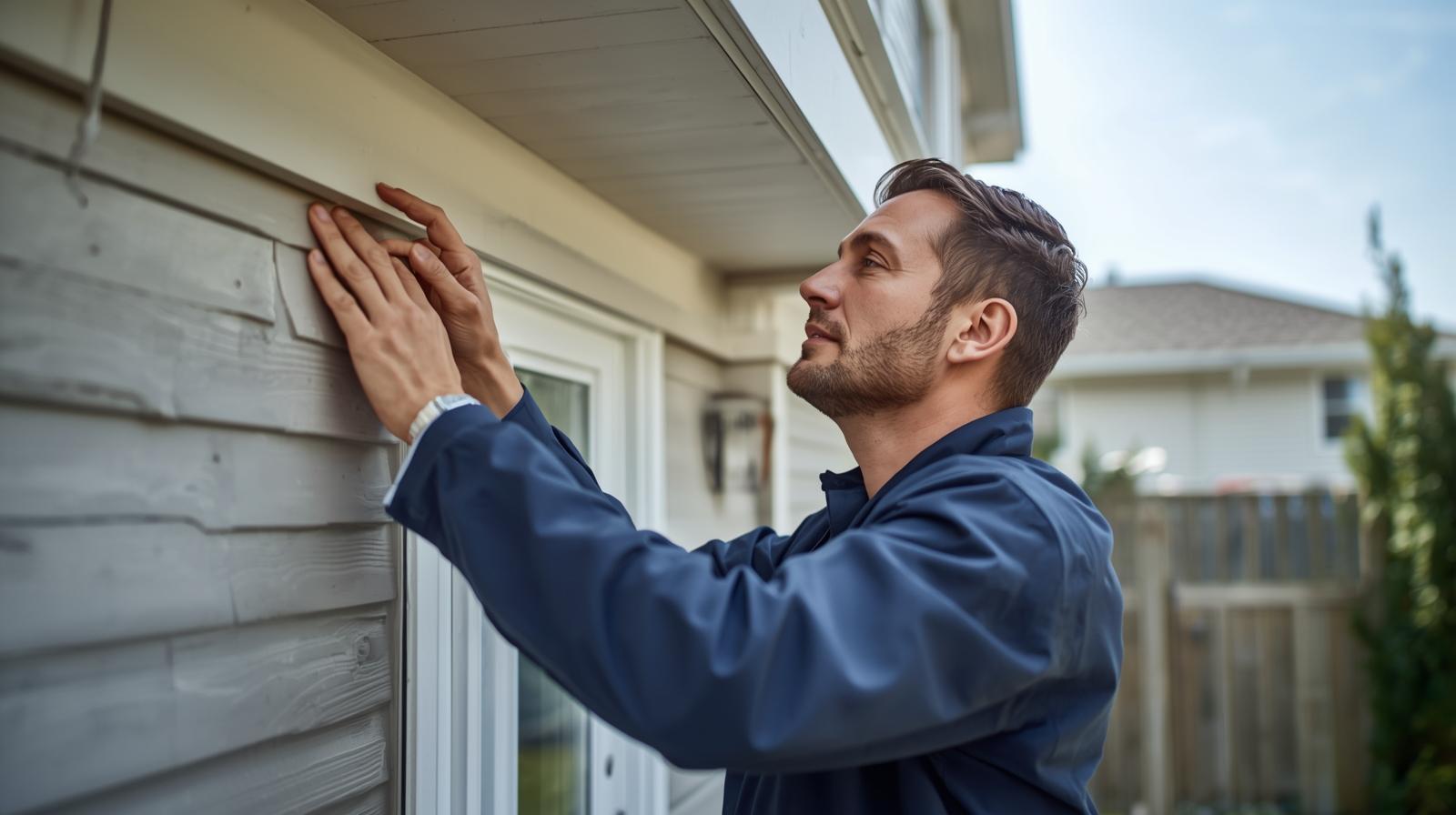
Top 7 Things DFW Homebuyers Should Look for During a Home Inspection (2025 Guide)
- John C Smith

- Oct 9
- 2 min read
A TREC home inspection provides a visual evaluation of the property’s accessible components at the time of the inspection. In the Dallas–Fort Worth metroplex, where weather and soil conditions can take a toll on homes, understanding what’s inspected—and what’s not—helps buyers make informed decisions.
Below are seven areas that Texas-licensed home inspectors routinely evaluate during a standard inspection.
1. Roof Covering and Flashings
Inspectors check the visible roof covering materials for signs of damage, wear, or improper installation. They also observe flashing details, gutters, and downspouts for conditions that may lead to leaks.
➡️ Inspector Tip: Ensure the roof surface is safe and accessible so the inspector can walk it or use alternate observation methods.
2. Exterior Walls and Openings
A visual review of siding, trim, doors, and windows helps identify deterioration, missing caulking, or gaps that can allow water intrusion.
➡️ Inspector Tip: Trim back vegetation around exterior walls so all surfaces can be inspected properly.
3. Grading and Drainage (Visual Only)
The inspector observes the lot’s drainage pattern to see if water appears to flow away from the foundation.
Note: TREC inspections do not include elevation measurements or soil testing—only visual observations of grade and slope conditions at the time of inspection.
4. Electrical System
The inspector evaluates the service panel, visible wiring, and fixtures for proper labeling, bonding, and overall condition. They also test a representative number of accessible outlets, switches, and light fixtures.
➡️ Inspector Tip: Ensure the panel is unlocked and accessible before your inspection appointment.
5. Plumbing Fixtures and Supply Drains
Visible plumbing components are checked for leaks, proper function, and secure connections. This includes faucets, toilets, tubs, and visible supply lines.
Note: Inspectors are not required to locate concealed leaks, inspect water-softening equipment, or test non-visible piping.
6. Heating and Cooling Systems
The inspector operates the HVAC equipment using normal controls and reports on its observed performance and condition at the time of inspection.
TREC standards do not require testing of refrigerant pressures, duct air flow measurements, or dismantling components.
7. Interior Walls, Ceilings, and Doors
Inspectors visually check for cracks, stains, or damage in the home’s interior finishes. They also operate a representative number of doors and windows to verify basic function and latching.
Understanding the Scope
A TREC inspection is not technically exhaustive. It provides a visual overview of the home’s accessible systems and components at a specific moment in time.
Buyers who want specialized evaluations (such as foundation elevation mapping, thermal imaging, or structural engineering opinions) should seek those services separately from licensed specialists.




Comments